Reconnecting Fragmented Prairie Landscapes
PROJECT OVERVIEW
Less than 1% of Minnesota's original tallgrass prairie remains today and what is left exists in scattered remnants. Restoration of healthy prairie ecosystems requires both protection and reconnection of remnants to create prairie-dominated landscape areas of 10,000-50,000 acres. However, it is unlikely such aims can be achieved without balancing desired conservation goals with an ability for local communities to utilize prairies for generating sustainable income. Through this appropriation the Nature Conservancy will work with the University of Minnesota and the local communities of two prairie landscapes in order to develop a framework for how prairie-based economic uses that balance with prairie conservation goals could provide sufficient return on labor and investment to sustain rural families and communities.
OVERALL PROJECT OUTCOME AND RESULTS
The Minnesota Prairie Conservation Plan calls for protecting native prairie and restoring connectivity to prairie core areas using grass-based agriculture as a conservation tool. To provide information and techniques needed to meet these goals, we studied two prairie landscapes in western Minnesota: Agassiz Beach Ridges (127,000 acres) and Glacial Lakes (169,000 acres). Using GIS analysis and field survey, we developed a current land use/land cover map that revealed that even in high-quality prairie landscapes, over 25% was cropland and 31% was invasive dominated or mixed native-invasive grassland. To guide conservation activities, we identified conservation targets and specified methods for measuring progress. To rebuild functioning prairie systems, we identified all parcels containing native prairie for possible management and protection, as well as tracts that if restored, could buffer and reconnect prairie. A social analysis using interviews with local constituencies revealed support for conservation if it were tied to working grasslands that promoted rural socio-economic vitality. To facilitate needed restoration, we developed a state transition model that identified feasible restoration transitions from common "start states" (based on current land cover) to conservation and utility prairie and meadow "end states". We developed restoration plans including techniques, seed mixes, and estimated costs for twenty transitions. To make the expansion of grass-based agriculture feasible, landowners will need assistance with the restoration costs. As land use decisions are driven not only by financial returns but also potentially by the value of ecological services, ongoing InVest modeling will highlight land use patterns where the provision of public and private benefits in future scenarios is optimized. These scenarios are designed to reflect the goals of the Prairie Plan, as well as social and economic constraints. This comprehensive approach provides resources for implementing prairie conservation in western Minnesota and could serve as a model for conservation planning elsewhere.
PROJECT RESULTS USE AND DISSEMINATION
The primary purpose of this project was to provide information and techniques for the implementation of the Minnesota Prairie Conservation plan in two prairie landscapes in western Minnesota. The primary audience is individuals and organizations interested or involved in prairie conservation, especially the Prairie Plan Local Technical Teams. Some parts of the final report, including the prairie conservation planning maps and the social analysis, have already been shared with the teams. Information from the report has also been included in presentations to the teams and other local groups including the County Board of Commissioners. Parts of the report will be available on Conservancy or University websites. Over the next year, information from the report will form the basis for several planned publications in scientific journals.
Project Publication:
Implementing the Minnesota Prairie Conservation Plan in Landscapes of Western Minnesota (PDF - 11 MB)
$380,000 is from the trust fund to the commissioner of natural resources for an agreement with the Nature Conservancy to develop prairie landscape design plans and monitoring protocol involving local landowners and businesses to guide conservation, restoration, and related economic development. This appropriation is available until June 30, 2013, by which time the project must be completed and final products delivered.
Click on "Final Report" under "Project Details".
Click on "Final Report" under "Project Details".
